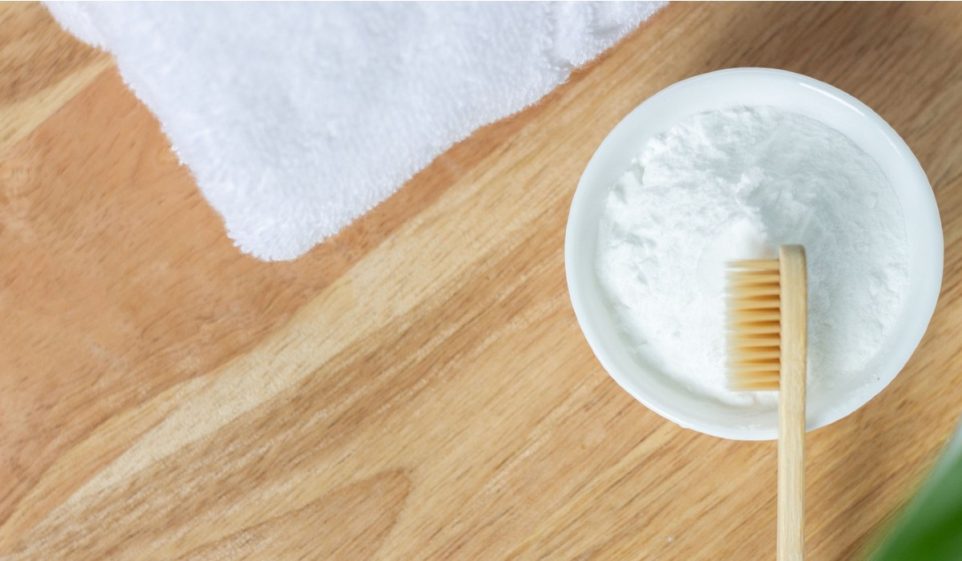Is Brushing Teeth With Baking Soda Safe?

When it comes to maintaining a bright and healthy smile, some people explore less traditional methods beyond the usual toothpaste and floss. Among these is the use of baking soda, or sodium bicarbonate, which is well-known not just for its role in baking but also for its qualities as a cleaning agent. Many are drawn to its potential for improving dental hygiene, but questions linger about its safety and effectiveness compared to regular toothpaste. Let’s explore both the benefits and the downsides of using baking soda for oral care, and how it can be safely incorporated into your routine.
Breaking Down the Buzz Around Baking Soda
Baking soda, or sodium bicarbonate, is celebrated not just for its role in baking but also for its prowess in cleaning and deodorizing around the house. When it comes to oral hygiene, the benefits touted often catch the eye, but is it really a good idea to ditch your regular toothpaste for a box of baking soda? Let’s sift through the details.
Why Consider Baking Soda for Brushing Teeth?
Natural Whitening Agent
One of the biggest appeals of baking soda is its ability to naturally whiten teeth. It’s not just an old wives’ tale; there’s genuine science behind this. The mild abrasive nature of baking soda makes it effective at removing surface stains from your teeth, those caused by coffee, tea, or red wine. Unlike harsh chemical whiteners, baking soda does this gently without causing harm to the tooth’s surface when used correctly.
Effective Plaque Removal
The textured nature of baking soda makes it an excellent agent for scrubbing off plaque and lingering food particles that stick around after meals. Less plaque means fewer cavities and a lower risk of gum disease, making baking soda a strong candidate for occasional deep cleaning.
Balancing Oral pH
For anyone struggling with acidity in their mouth, which can speed up decay and enamel erosion, baking soda’s alkaline properties are a godsend. It helps neutralize excess acidity and creates a less hospitable environment for harmful bacteria that thrive in more acidic settings.
Freshening Breath
We’ve all had those days where no matter how many mints we pop, the underlying cause of bad breath lingers because it’s not about masking odors but eliminating them. Baking soda excels here too, by neutralizing the odors rather than just covering them up, giving you a fresher feel throughout the day.
Considering the Flip Side: The Risks of Baking Soda in Oral Care
Potential for Abrasion
While the abrasive quality of baking soda can be beneficial, it’s a double-edged sword. Used too frequently or too vigorously, it can wear down enamel, leading to increased sensitivity and susceptibility to cavities. It’s all about balance and not going overboard with scrubbing.
Missing Fluoride
Baking soda doesn’t contain fluoride, a mineral found in most kinds of toothpaste that helps strengthen tooth enamel and fight decay. If you’re using only baking soda, you might be missing out on this enamel-fortifying ingredient, which is vital for long-term dental health.
Texture and Taste Might Not Be for Everyone
Switching from pleasantly flavored toothpaste to baking soda can be a bit of a leap. Its salty taste and gritty texture can be off-putting to some, potentially making the brushing experience less enjoyable.
How to Safely Incorporate Baking Soda Into Your Oral Hygiene Routine
Despite its benefits, baking soda is not a standalone solution for oral health. It’s best used as an occasional supplement to your regular dental care regimen. Here’s how to do it safely:
Use in Moderation
Stick to using baking soda just a couple of times a week as an addition to your regular toothpaste, rather than a replacement. This helps avoid any damage from overuse.
Make a Gentle Paste
If the gritty texture feels too harsh, you can soften the experience by mixing baking soda with a little water to make a paste. This mixture is easier on your teeth and gums but still very effective.
Opt for Soft Toothbrushes
When brushing with baking soda, always use a soft-bristled toothbrush. Hard bristles combined with abrasive baking soda can be too much for your enamel to handle.
Combine with Fluoride Toothpaste
To get the best of both worlds, alternate between your fluoride toothpaste and baking soda. This way, you’re not missing out on fluoride’s protective benefits while still getting the whitening and deep-cleaning perks of baking soda.
So, while baking soda can be a fantastic addition to your dental care arsenal, it’s important to use it wisely. Keeping these pointers in mind, you can enjoy the benefits without any downsides, ensuring your smile stays bright, healthy, and happy.
Elevating the Shopping Game
Our platform offers in-depth reviews and analyses across various product categories, empowering you to shop with confidence and precision. Here, transparency and detailed research pave the way for smart choices that reflect your needs and values. Join our community and elevate your shopping experience from buyer to expert, one report at a time.